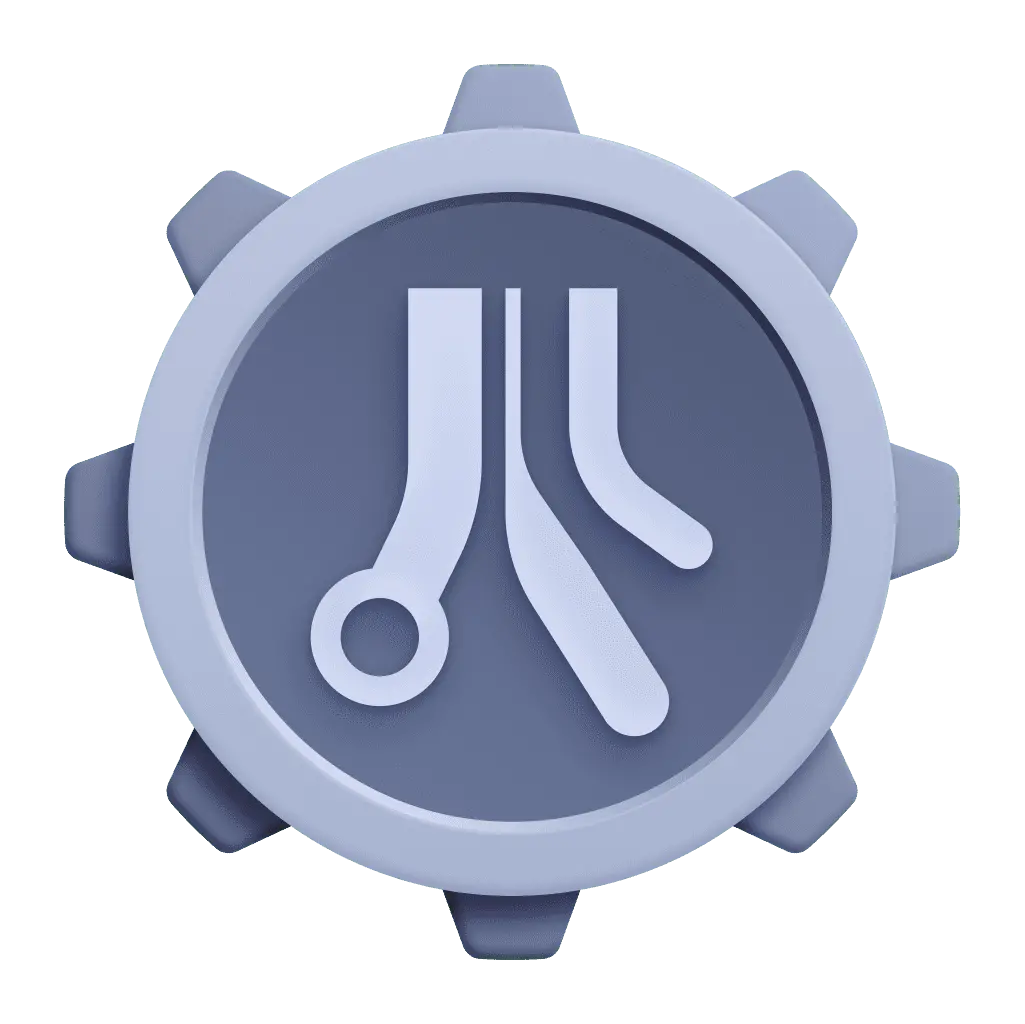Analyze SDLC events from your pipeline
- Latest Dynatrace
- Tutorial
- 4-min read
- Published Aug 25, 2024
Once stored in Grail, you can interactively query your software development lifecycle event data and analyze it using Dynatrace Query Language. Dynatrace Query Language (DQL) is the starting point for analysis, whether you use Davis for Notebooks, Dashboards, or the Grail - DQL Query execution via API. You can use query results interactively or pin them to a dashboard as charts, tiles, or tables.
This guide shows you how to analyze the SDLC events you generated from your pipeline.
Query SDLC events using Dynatrace API
You can look up the Swagger documentation to learn how to query SDLC events. The Swagger documentation is Dynatrace tenant-based.
Find Grail - DQL Query definition in Swagger documentation
You need to find the Grail - DQL Query definition and the Query Execution method in your tenant-based Swagger documentation.
To find a definition and method in your tenant-based Swagger documentation
- Go to Dynatrace.
- In the platform search, type
API. In the search results, see Support resources section and Dynatrace API below it. - Select Dynatrace API to access the Dynatrace API documentation. A new page opens with the Dynatrace API definitions.
- In the upper right corner, go to Select a definition.
- From the drop-down list, choose the endpoint.
Query SDLC events
To run a query for Grail and to retrieve its result, you need to make two different requests
- To query Grail, execute the POST
/query:executerequest. - To retrieve the result, execute the GET
/query:pollrequest.
Analyze with our examples
With DQL you can
- Create metrics continuously from any numeric data collected as lifecycle events.
- Join data points to derive, for example, the duration of a task.
- Aggregate data to KPIs.
Average duration of test executions
This example calculates the average duration of test executions in the last week.
- A JMeter test sends an event once it is started and is finished.
- A test has a unique test ID.
The metric below yields a single numerical value displayed as a Single value or a Record list.
fetch events, from:now()-7d, to:now()| filter event.kind == "SDLC_EVENT"| filter event.type == "test"| summarize {started = takeMin(if(event.status == "started", toTimestamp(start_time))),finished = takeMax(if(event.status == "finished", toTimestamp(end_time)))}, by: {test.id}| fieldsAdd duration = finished - started| summarize avg_test_duration = avg(duration)
Average duration of open change requests
This example calculates the average duration of an open request to merge a code change.
- For GitHub, this is the period from when someone opened a pull request until they merged this pull request.
- For GitLab, this is the period from when someone requested a merge until the change is merged.
The metric below yields a single numerical value displayed as a Single value or a Record list.
fetch events, from:now()-7d, to:now()| filter event.kind == "SDLC_EVENT"| filter event.type == "change"| summarize {started = takeMax(if(event.status == "opened", toTimestamp(start_time))),finished = takeMax(if(event.status == "merged", toTimestamp(end_time)))}, by: {vcs.repository.change.id}| fieldsAdd duration = finished - started| summarize avg_time_to_merge = avg(duration)
Percentage of failed validations
This example derives the percentage of failed release validations in the last month.
- A release validation is classified as
pass,warning,fail, orerror. - Errored validations are excluded since they represent non-valid executions.
The metric below yields a single numerical value displayed as a Single value or a Record list.
fetch events, from:now()-7d, to:now()| filter event.kind == "SDLC_EVENT"| filter event.type == "validation"| filter event.status == "finished"| summarize {failed = countIf(validation.status == "fail"),all = countIf(validation.status != "error")}| fields failed_validation_rate = (failed * 100 / all)
Distribution of pipeline executions by 2-minute buckets
This query shows the distribution of pipeline executions by 2-minute buckets of the last week. To see how many pipelines took 0-2, 2-4, 4-6 minutes, and so on.
- The pipeline duration is reported in seconds. (2 minutes = 120 seconds)
The Categorical chart is the best choice for displaying this data in columns showing the number of pipelines for each bucket.
fetch events, from:now()-7d, to:now()| filter event.kind == "SDLC_EVENT"| filter event.category == "pipeline"| filter event.status == "finished"| summarize numberOfPipelines = count(), by:{pipelineDuration = bin(toLong(duration), 120)}| fields pipelineDuration = concat(toString(toLong(pipelineDuration)), " - ", toString(toLong(pipelineDuration + 120))), numberOfPipelines
 Dashboards
Dashboards OpenPipeline
OpenPipeline